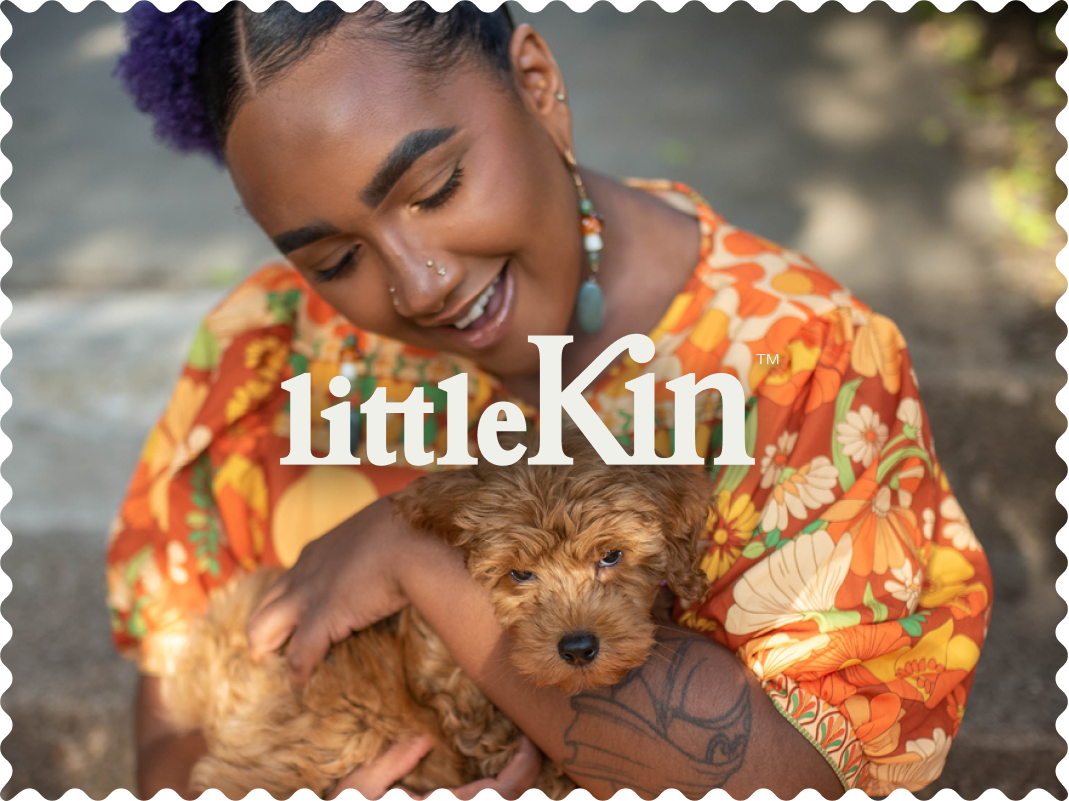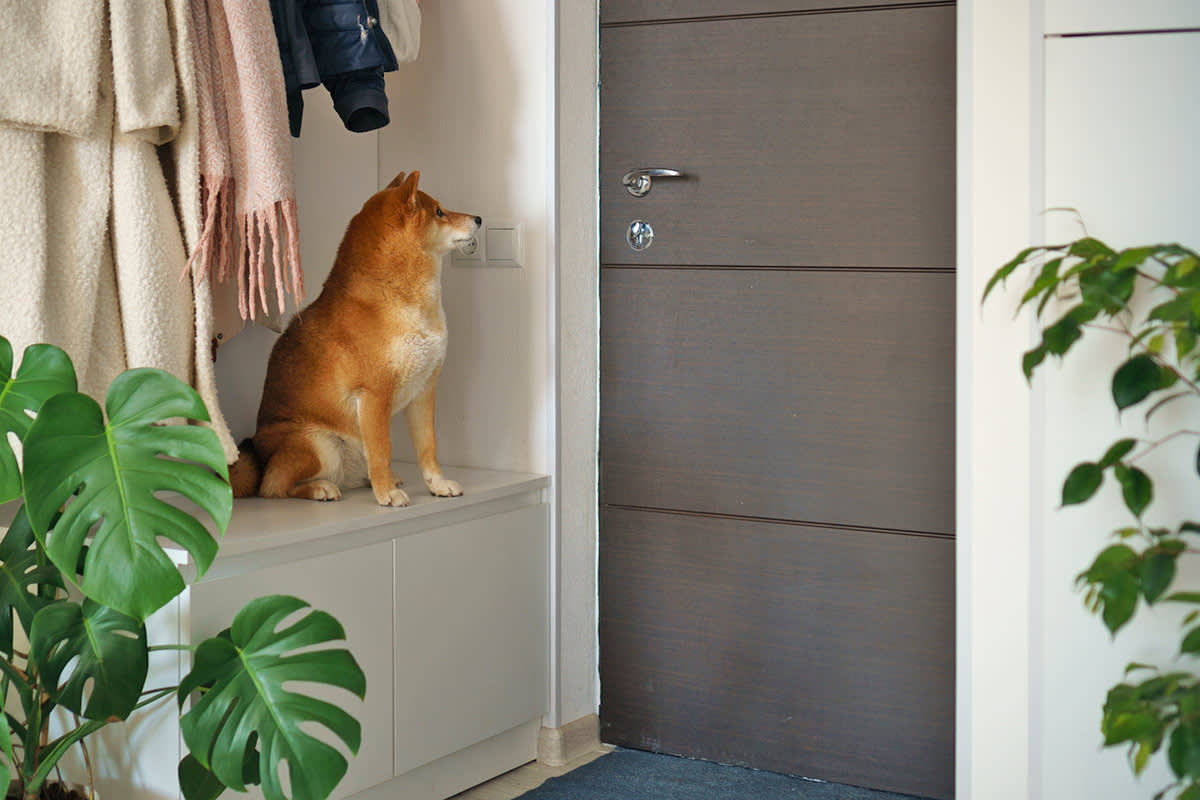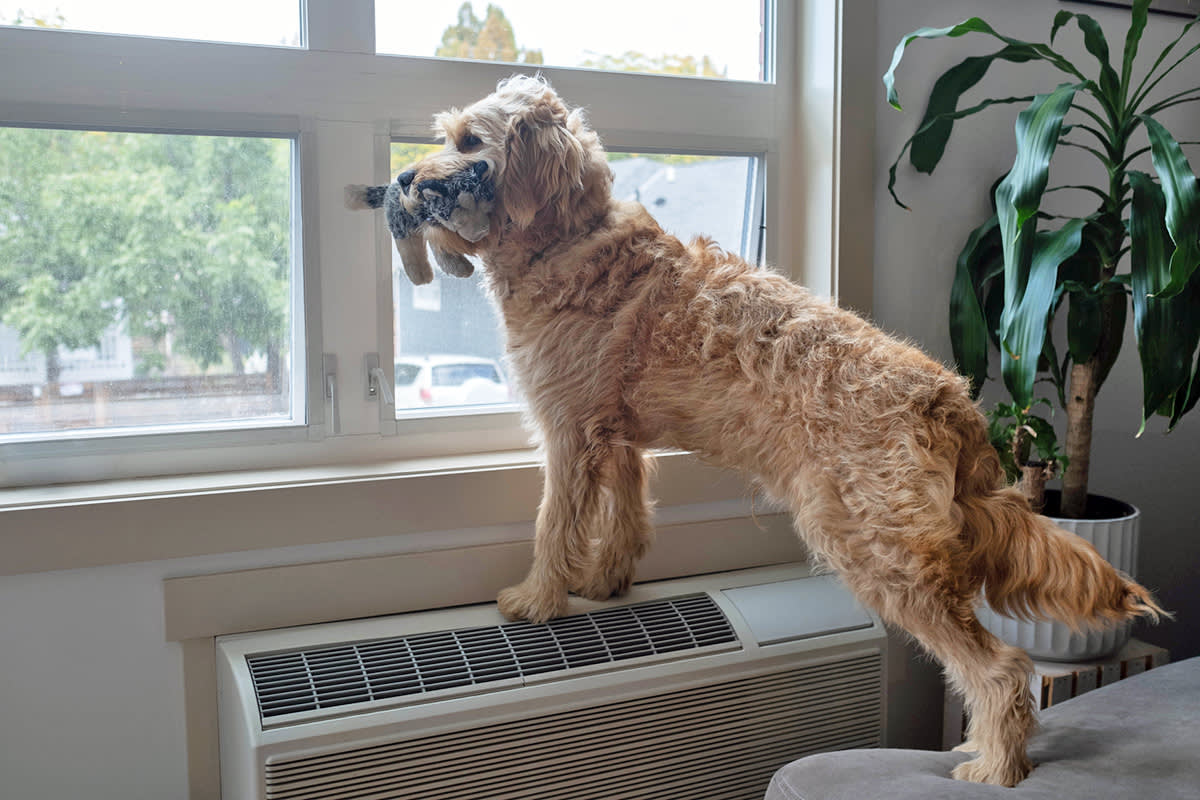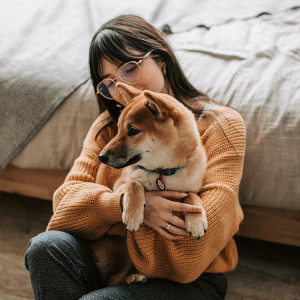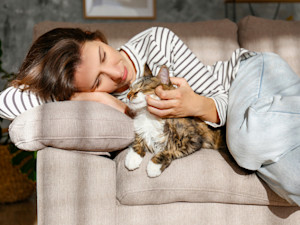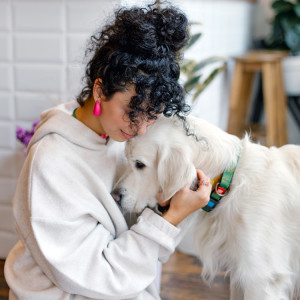6 Lies You've Been Told About Your Dog’s Separation Anxiety
Remember, it’s not your fault, no matter what anyone says.
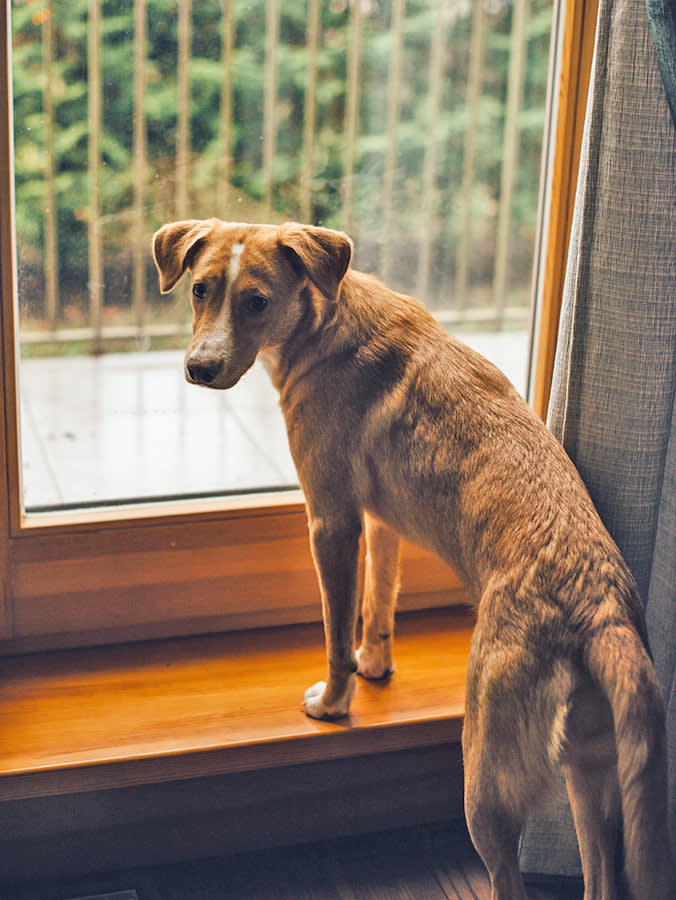
Share Article
Most dogs don’t love it when we leave them home alone. We get it; we don’t like to be away from them, either. It’s annoying to leave our best friends for mundane and unimportant things like jobs, errands, a social life. However, disliking watching their pet parents leave the house and actually panicking about it are two different things.
A few simple things help most dogs become comfy: exercise, food-puzzle toys, and a comfortable spot to rest until we get back. Assisting dogs with separation anxiety is a serious challenge, but you and your pup can overcome it. First thing’s first: myth-busting. There are several pervasive myths about treating separation anxiety, and clearing them up makes it more likely that dogs will get the effective treatment they need and deserve to be happy and well.
You must confine your dog to a crate or small room when you are gone.
If your dog is chewing on anything and everything when you are gone, peeing, pooping, and drooling on your carpets, and generally making a giant mess of your house every time you leave, the idea of confining your dog is tempting (oh, so tempting!). However, doing this when you are gone does nothing to ease the panic they feel about being alone.
At best, all confinement does is keep the mess to a smaller area, while doing nothing to alleviate your dog’s fear of the situation. It may also teach your dog to be terrified of the crate they used to be happy to settle down in when people are home. It can even lead to injuries for dogs who are desperate to escape the crate to try to find you.
How much do you spend on your pet per year?

It’s essential to leave your dog with a stuffed Kong or a similar food toy.
Shockingly, leaving your pup with a stuffed Kong is far less effective when treating separation anxiety than using desensitization methods. In other words, you need to get your dog used to all your “leaving” cues, such as putting on your shoes, picking up your keys, or touching the doorknob. That is much more effective than giving them special toys or treats when you leave them alone.
Giving your dog a treat or toy they love as you leave just adds to the routine of you leaving and is one more signal to them that you’re heading out. Also, many dogs in this scenario are too upset to eat, and even those who do will sometimes finish the food and then panic when it is gone.
Getting more exercise will fix it.
Exercise is generally helpful for dogs’ wellbeing, and I’m all for adding more of it to your dog’s daily life. Exercise is enjoyable for dogs, it’s good for their health, and helps many dogs sleep better, which, in turn, makes them feel better. Exercise will enhance their life no matter what.
What it will not do, though, is serve as a treatment for separation anxiety. Exercise is magic up to a point (and necessary to keep your pup healthy), but it cannot cure anything and everything. Trying to fix separation anxiety by giving your dog more exercise is much like trying to cure yourself of a fear of heights or a fear of spiders by going running every day. It’s a beautiful idea, but it’s a myth rather than a real solution.
Only use medication if nothing else works.
Your vet can help you decide whether to use medication to help treat your pup’s separation anxiety. As a behaviorist and trainer, medication is out of my area of expertise, but I can share the basics.
A benefit of using medication is that it makes dogs better able to learn. That means they respond more effectively and more quickly to efforts to teach them to handle being left alone. It’s not a last-resort strategy — it’s part of a multi-pronged approach for helping them cope with being left alone. If medication is appropriate for a dog, based on a veterinarian’s medical opinion, it can have a huge positive impact on the progress of the behavior modification. Consider consulting with your veterinarian about medication now as a part of your efforts to help your dog. Don’t wait until it feels like a last-ditch effort.
Only the dog’s pet parent can calm them down.
There is a common belief that a dog with separation anxiety will become upset and panicky if they are away from their pet parent. In most cases, dogs with separation anxiety are fine when someone is there with them, even if it is not their person. They only become distressed if they are alone, rather than if they are away from their family.
That makes the logistics of treating separation anxiety easier because you don’t have to be with your dog constantly, though you do have to make sure someone is with your dog at all times. It’s still hard, but with a community of support, it can be done, and far more easily than if you had to be the one with your dog 24/7. Being with your dog every minute of every day sounds amazing in theory, but in practice, it’s hard on your lifestyle. We all need a little space sometimes, ya know?
Separation anxiety is your fault.
It’s easy to criticize and assume people are doing something wrong if their dog flips out when they’re alone. This is completely false. I suspect many people like to think they could never end up with a dog with separation anxiety because this is only a problem for people who have made mistakes. False.
Blaming people for their dog’s struggles is misplaced and unkind. Isn’t the world harsh enough without accusing people of causing problems that aren’t their fault? Any number of reasons — breed tendencies, instinct, a natural stress response, etc. — can cause this issue. It doesn’t mean pet parents did anything wrong.
References
DeMartini-Price, Malena. Separation Anxiety in Dogs: Next Generation Treatment Protocols for Fearing and Phobic Dogs. Dogwise Publishing, 2016. Amazon, www.amazon.com/Separation-Anxiety-Dogs-Generation-Treatment/dp/1617812749opens in new tab.
DeMartini, Malena. "Separation Anxiety in Dogs: Mission Possible Online Course." Malena DeMartini, 2024, www.malenademartini.com/for-owners/separation-anxiety-in-dogs-mission-possible-online-course/opens in new tab.

Karen B. London, PhD, CAAB, CPDT-KA
Karen B. London is a certified applied animal behaviorist (CAAB) and certified professional dog trainer (CPDT) who specializes in working with dogs with serious behavioral issues, including aggression. She has written for a variety of magazines including The Bark, Clean Run, and the APDT Chronicle of the Dog, and has published in scientific journals including Behavioral Ecology and Sociobiology, Ethology, Ecology, and Evolution, the Journal of Insect Behavior, and Insectes Sociaux. She is the author of seven books about dog training and canine behavior, including the forthcoming My Dog's Mystery Adventure: And Other Stories From a Canine Behaviorist and Dog Trainer.
Related articles
![A woman wearing a knit sweater holding a dog close on the floor of her bedroom.]()
Separation Anxiety in Dogs
Train your dog to stay calm when they’re on their own — instead of sad-singing “All By Myself” until you come home.
How Long Can You Leave a Dog Alone?
Not that you want to be away from them anyway.
![Dog Seeking Attention Owner Working On Laptop.]()
Why Is My Dog Being Clingy?
Your dog’s Velcro habits are cute—but not always convenient.
![Woman petting her brown and white cat on the couch.]()
Does Your Attachment Style Affect How You Are as a Pet Parent?
You know you’ve wondered this...
![woman comforts her dog]()
What Medication Can You Give Your Dog for Anxiety?
Here are some options your vet can help you consider.
